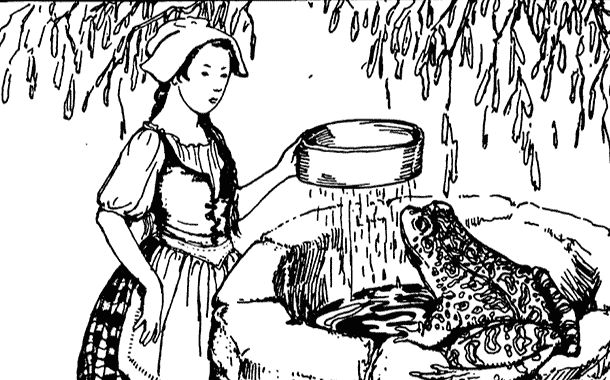<![CDATA[The remains of a thirteen year old girl have been uncovered in an archaeological excavation in northern Italy. According to the archaeologists, despite only being a young girl, she was regarded as a danger and rejected by her community. A team of archaeologists of the Pontifical Institute of Christian Archaeology at the Vatican uncovered the skeleton from the complex of San Calocero in Albenga on the Ligurian Riviera. The site, a burial ground, was built between the fifth and sixth centuries AD. It was absolutely forsaken in 1593. The prone burial is believed to be from the early middle ages or late antiquity. Stefano Roascio, the director of the excavation project, said that these unusual burials were performed as an act of punishment for doing something that was not permitted by the community. Roascio went on to say that the face-down treatment was given to humiliate the dead and prevent the person from rising from the grave. In other unusual burials, the dead were buried staked or nailed to the ground, sometimes with a brick in the mouth, or even dismembered or decapitated. Elena Delly, an anthropologist working on the project, said that the prone burial was connected to the conviction that the soul left the dead body through the mouth. Burying the dead face-down was a means to stop the polluted soul menacing the living. She went on to say that the prone burial was given as the ultimate punishment to the victim. Delly ruled out the possibility that the teenage girl had been buried alive though, because of the position of the uncovered skeleton. In this girl's case, there were no signs of violent death as the skeleton was discovered with the legs straight and parallel and the hands placed on the pelvis. Porotic hyperostosis was found on her skull and orbits. Delly said these parts of porous or spongy bone tissue are the consequence of stern anaemia. Delly also mentioned that the girl could have suffered from an internal blood disorder like thalassemia or from hemorrhagic conditions. Being less than five feet tall, the teenage girl still managed in some way to frighten her community - possibly it was just her hematomas, pallor, and fainting. Interestingly, her unusual burial was uncovered in a privileged area, just opposite the church. Roascio said that this made the finding even stranger, mentioning there had been a similar case of a teenager buried face-down in front of a church at the archaeological site of Pava, close to Siena. Roascio said that specific dating of the skeleton and additional research on identical burials would give us more clues. Caroline Arcini of Sweden's National Heritage Board said that face-down burials were not as rare as it may appear, and took place around the world from 26,000 years ago up to the early twentieth century.]]>
Witch Girl' Buried Face Down Found In Italy
